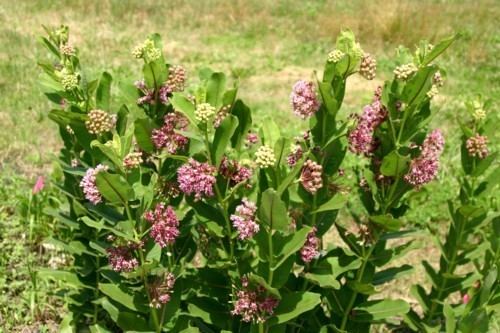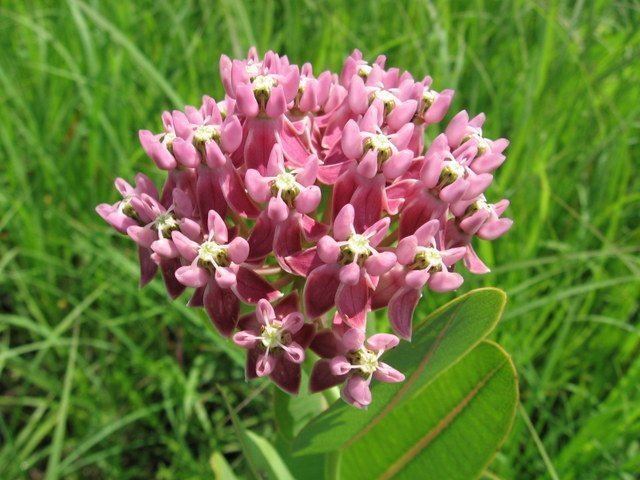Family Asclepiadaceae Rank Species | ||
 | ||
Similar Asclepias purpurascens, Asclepias verticillata, Asclepias viridiflora, Asclepias exaltata, Asclepias viridis | ||
Sullivant s milkweed prairie asclepias sullivantii flower seeds on www myseeds co
Asclepias sullivantii is a species of flowering plant in the milkweed genus, Asclepias. Common names include prairie milkweed, Sullivant's milkweed, and smooth milkweed. It is native to North America, where it occurs in the central United States and Ontario in Canada.
Contents
- Sullivant s milkweed prairie asclepias sullivantii flower seeds on www myseeds co
- Description
- Habitat
- Ecology
- Toxicity
- References

Description

This is a perennial herb growing from deep rhizomes. The stem is 40 centimeters to just over one meter tall. The ovate, pointed leaves are oppositely arranged. The blades have wavy margins, reddish midveins, and hairless undersides. They curve up on the stem. Pale to deep pinkish purple flowers are borne in rounded clusters from the leaf axils. The fruit is a greenish follicle. The flowers are insect-pollinated, but the plant often reproduces vegetatively via the rhizome.

This species is very similar to Asclepias syriaca, the common milkweed, and the two easily hybridize. Common milkweed can be distinguished by several characters. Its blunt-tipped leaf blades have a coating of hairs on the undersides and are straight on the stem, not curving up. The flowers are smaller and more numerous, and the surface of the follicle is rougher.
Habitat
The native habitat of the plant includes prairie and meadows. It grows in moist areas, such as river bottomland.
Ecology
Insects that take nectar from the plant include bumblebees and other bees, wasps, ants, flies, and butterflies. The caterpillars of the monarch butterfly feed on the foliage. The larva of the milkweed leaf-miner (Liriomyza asclepiades) mine the leaves. Aphids that can be found on the plant include the yellow milkweed aphid (Aphis nerii), black aphid (Aphis rumicis), and the green peach aphid (Myzus persicae).
The ruby-throated hummingbird takes nectar.
Toxicity
Most Asclepias are toxic if consumed in large quantities due to cardiac glycoside content.

